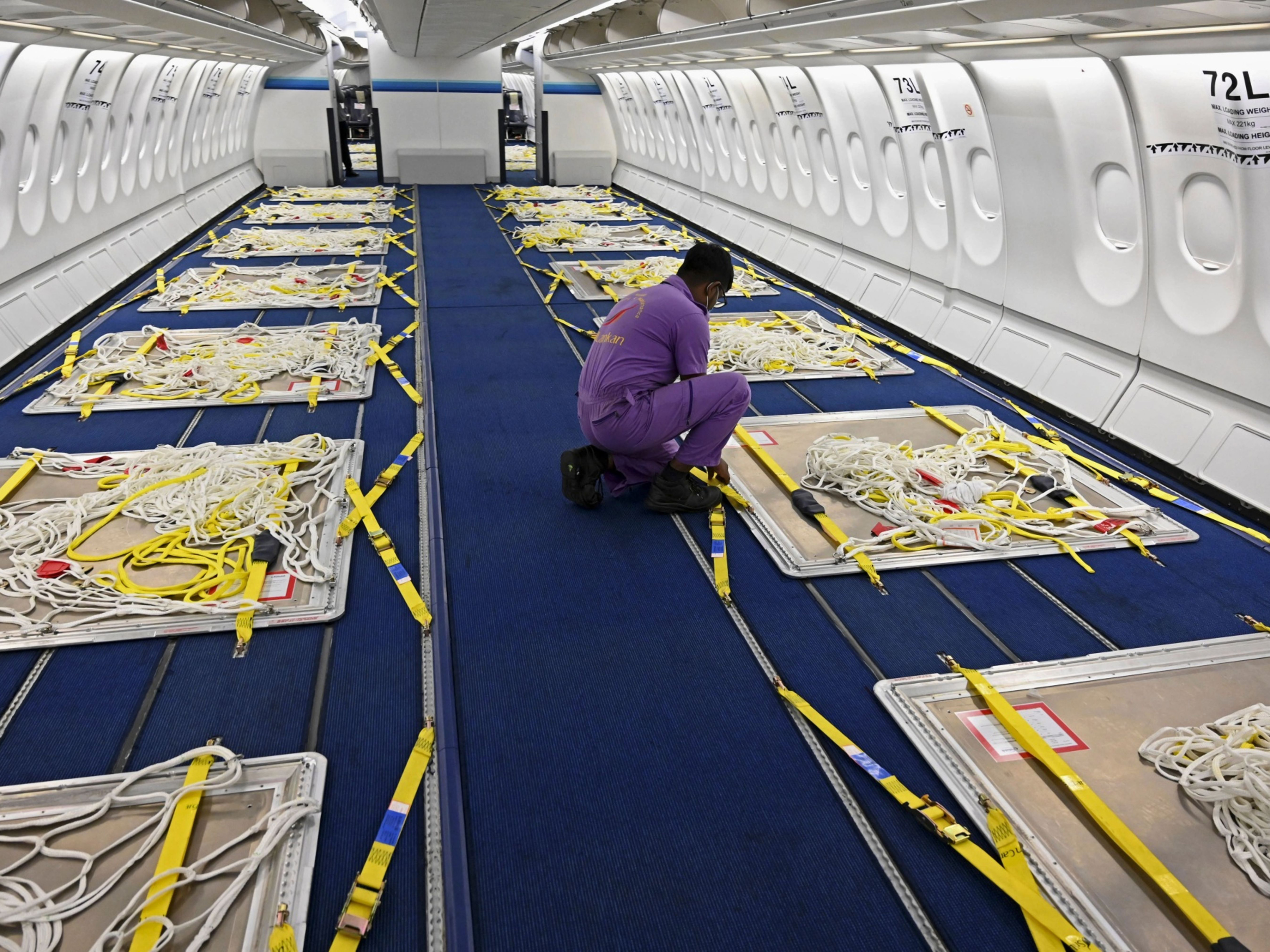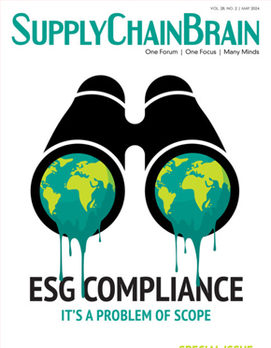
As the passenger air travel industry continues to reel from the COVID-19 pandemic, demand for air cargo capacity is hotter than ever — especially as global vaccine production and the need for rapid cold transport climbs.
To meet customer needs, businesses with a stake in pharmaceutical transport must continue to monitor the ever-evolving situation and adapt plans and procedures to stay ahead of the changing circumstances. Here's a look at the current state of the air cargo industry, and how it might impact pharmaceutical supply chains in 2021.
‘Preighters’ Take Off
For many years pre-pandemic, passenger air travel numbers steadily increased. But in early 2020, numbers plummeted. At the same time, increasing demand to transport supplies to address the pandemic created a scramble to repurpose passenger planes to transport freight — known in the industry as “preighters.”
Leading this trend was pioneering Portuguese charter operator Hi Fly. They were the first airline to convert an A380 by removing the majority of passenger seats to increase cargo capacity. Since then, we continue to see aircraft undergo similar conversions.
At the same time, we see airlines grounding or retiring their large, widebody aircraft. Before COVID-19, airlines had already cut flights from schedules, retiring larger aircraft and shifting toward production and utilization of smaller, more efficient aircraft. While these decisions were initially driven by environmental and economic considerations, the impact of COVID-19 accelerated this shift.
Although the grounding of passenger planes continues to present a challenge for the air cargo industry, the International Air Transport Association (IATA) predicts a 25% rise in freight tonne-kilometres this year, due primarily to the increased use of preighters. Additionally, Boeing Co. projects the number of in service aircraft will increase by more than 60% over the next two decades, forecasting 3,260 operational aircraft by 2039. However, fleet growth takes time, and slow response to replace passenger capacity remains a significant challenge that will impact air cargo space throughout 2021.
Changing Modes
When possible, we see pharmaceuticals that can travel by sea use this mode of transportation when air cargo space is unavailable. However, the pandemic also had a significant impact on sea freight, particularly related to shipping between China and the United States. The challenges are ongoing, in terms of both delays and costs. Here is a look at the volumes routinely moving by sea freight:
- 17 million twenty-foot equivalent units (TEUs) serviceable globally, of which 6 million containers are routinely turning and carrying freight
- 8% of global sea freight is between China and the U.S.
- 135,000 TEUs a month from China to the U.S. in early 2020
- 900,000 TEUs a month from China to the U.S. during peak holiday season 2020
With the initial emergence of COVID-19, China decreased production and transport of goods for retail sectors around the world. Sea containers were piling up in China, leading to availability issues and rate increases up to 50%.
By April 2020, China returned to approximately 98% of its production output. However, other countries were then in lockdown. The U.S. imposed a two-week quarantine on shipments, holding containers in ports. The challenge of backing up shipments was compounded by shortages in the workforce needed to operate the docks.
With the United Kingdom in another national lockdown, and a strong possibility of additional lockdowns elsewhere, sea freight and sea container shipment will continue to be a challenge throughout the first half of 2021. We can expect to see increased dependency on air freight to transport pandemic payloads. Economically, it is much more expensive to utilize passenger planes, but pharmaceutical companies are prepared to pay those premiums.
Vaccine Logistics
Manufacturers of temperature-controlled packaging play a pivotal role in the global deployment of COVID-19 vaccines. Considering the economics and limited space availability, volumetric efficiency and efficient packing density is critical — especially when dealing with volatile products.
COVID-19 vaccines have varying temperature-controlled shipping requirements, with some needing to be deep frozen and others requiring more normal shipping temperatures of 2-8 degrees Celsius or 15-25 degrees Celsius. New deep frozen vaccines require novel solutions to meet new standards. Providers of temperature-controlled shipping solutions have responded quickly to address the logistical and technological challenges of shipping these vaccines in high volumes worldwide.
Beyond the current vaccines being shipped, and new vaccines in development, there will also be a need to provide boosters. This will continue to drive increases in the volume of pharmaceutical products being shipped, especially considering they will be transported alongside the flu vaccines and other pharmaceutical payloads.
With suppliers stepping up to meet the demand, the main issue will continue to be the capacity of the transport modes, as well as the associated costs. Given the nature of these potentially life-saving drugs, and people’s willingness to pay whatever it costs to ship them, we’ve seen shipping rates skyrocket from $2.5 a kilo to $23. Fortunately, that’s starting to calm down.
Pharma’s Freight Future
Once the global pandemic is under control and the crisis passes, some trends in pharmaceutical transportation will continue — including limited air freight capacities and a shift toward smaller, more efficient aircraft.
Sea freight is expected to improve in the first six months of 2021, but because sea freight cannot meet the temperature requirements — coupled with the fact that their rates have doubled — there will not be a modal shift from air to sea. COVID-19-related products like test kits, reagents and therapies like Remdesivir will continue to be moved primarily by air.
This year will see the industry learning to operate in the new norm. It is all about adjusting our planning, our capacities and our operations to meet this spike in demand. As we grow and evolve, we will continue to improve our efficiencies and get more comfortable with the new normal.
Dominic Hyde is vice president of Crēdo On Demand at Pelican BioThermal.







